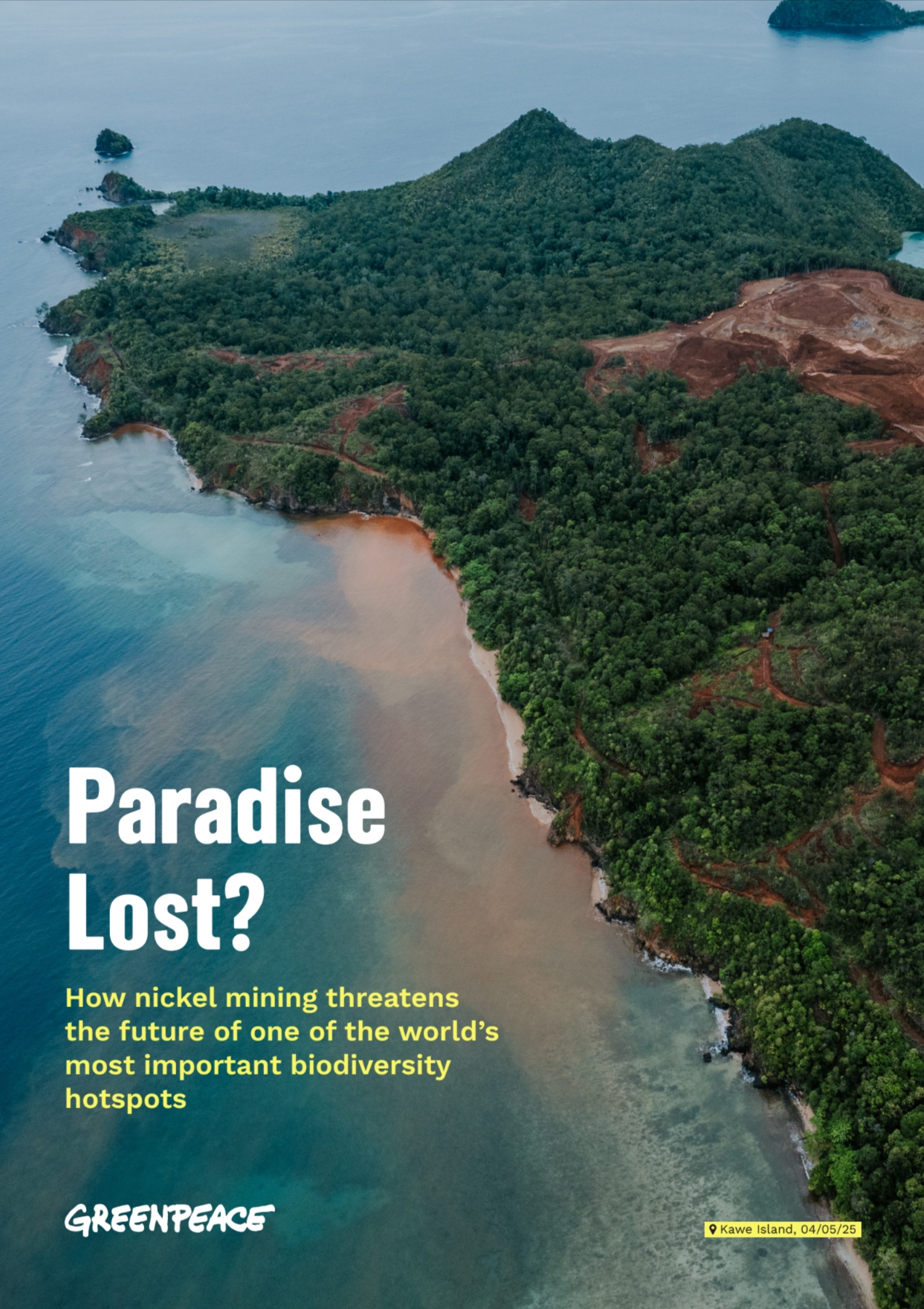Protect the Forests
Forests and peatlands are an integral and precious feature of the Southeast Asian landscape. They regulate global temperatures, store carbon, and provide shelter for Indigenous flora, fauna, and peoples. But deforestation is posing a real and dangerous threat to all our futures.
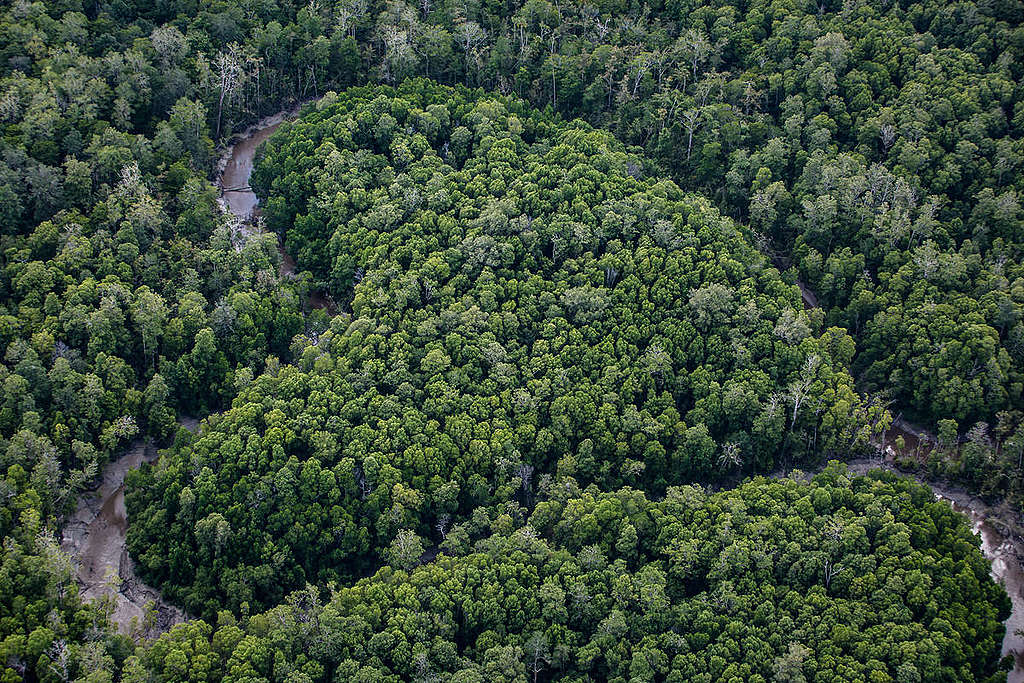

80%
of deforestation in Southeast Asia is commodity-driven (permanent farming and mining)

4th
Indonesia is the world’s fourth largest emitter of greenhouse gases, much of it due to its peatland fires and ongoing deforestation
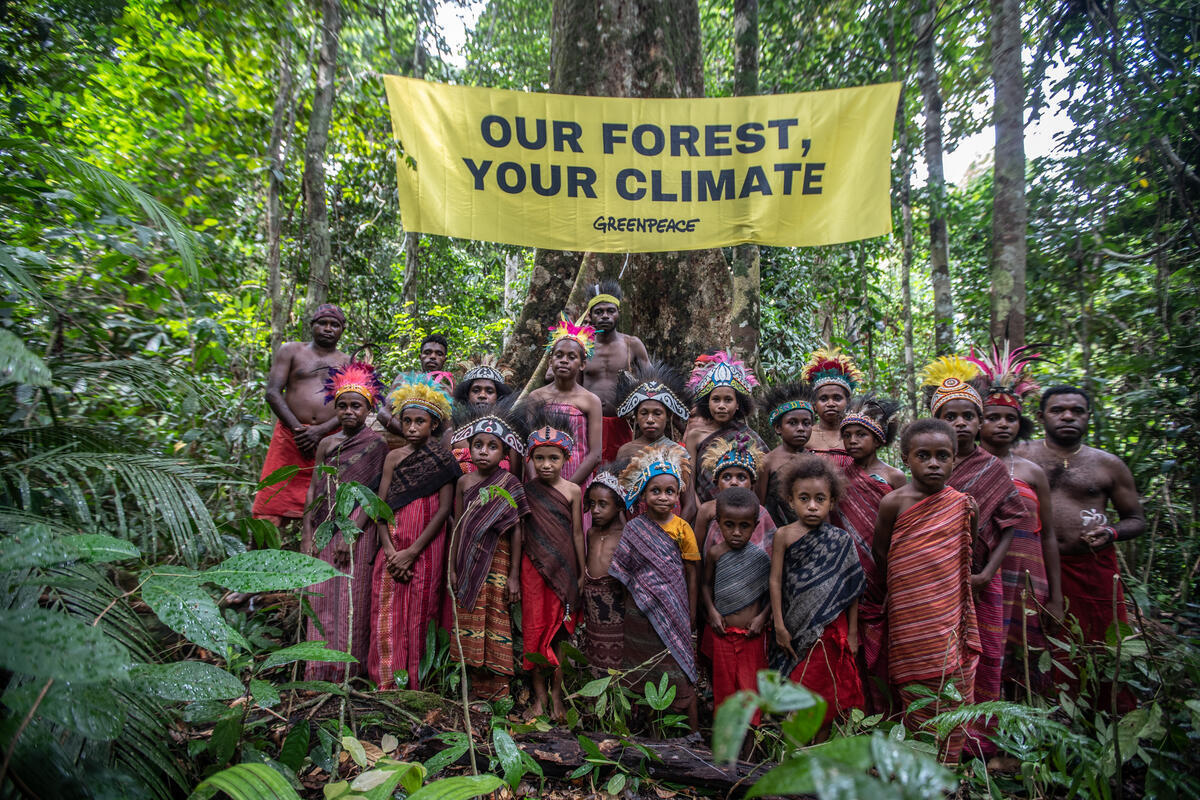
Why deforestation is a problem
Forest protection is vital because it directly impacts climate stability, biodiversity and air quality as well preserving the home and livelihood of millions of people. Deforestation and forest fires contribute to severe haze that crosses country borders. These forests are also essential carbon sinks, mitigating climate change. Supporting sustainable forest management and holding governments, oligarchs and corporations accountable contributes to a healthier environment and a better quality of life for current and future generations.
Why are we destroying our natural forests?
The primary drivers of deforestation in Southeast Asia are corporations involved in palm oil, pulp & paper production and mining. These companies engage in unsustainable practices driven by global demand for commodities. Weak governance and corruption exacerbate the problem, allowing illegal logging and land clearance to continue. It’s crucial to support and implement sustainable practices to protect forests and peatlands while still meeting economic needs.
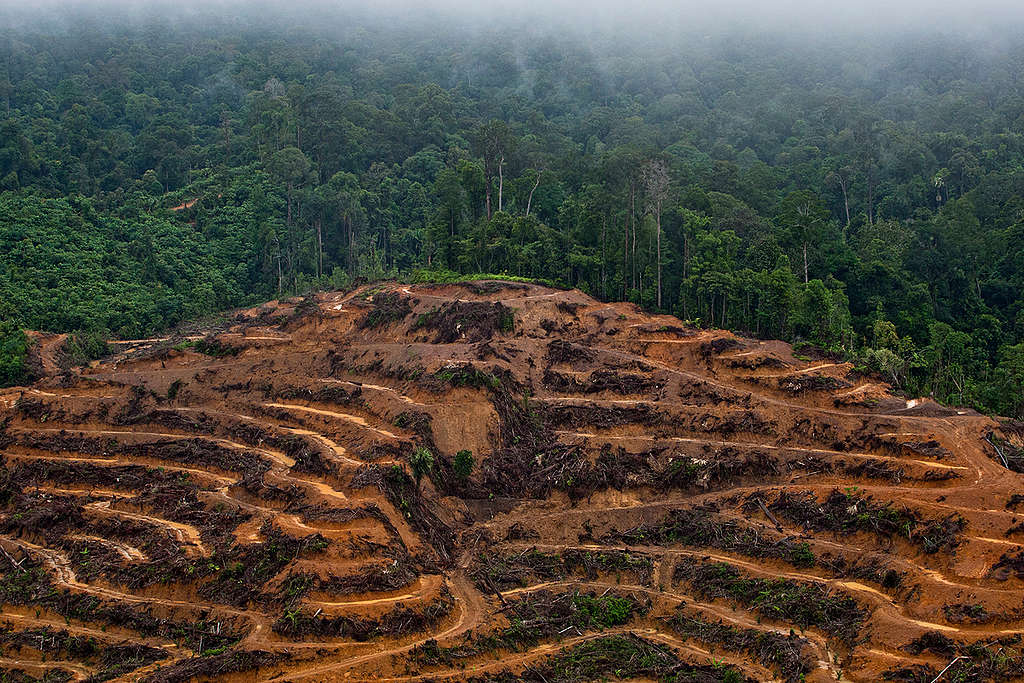
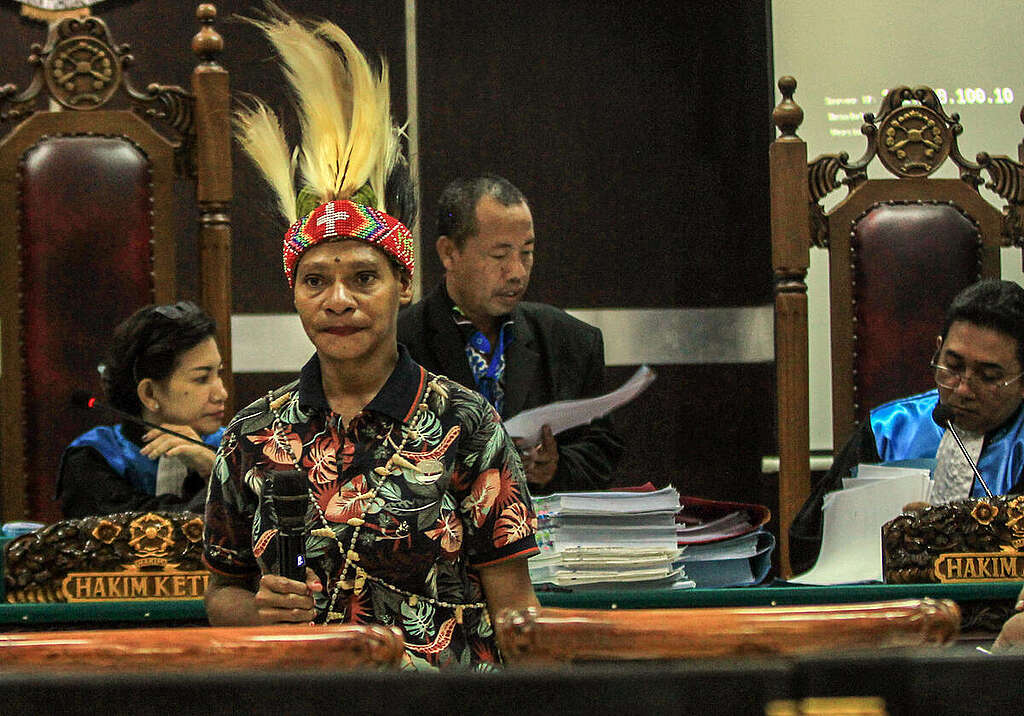
Our work to save Indonesia’s forests?
We believe in a future where Southeast Asia’s forests are protected and restored, and where local and indigenous communities have the legal rights and resources to safeguard their lands against exploitation. By removing power from corrupt corporations and promoting transparency, Greenpeace aims to restore and protect forest ecosystems. This vision includes sustainable agricultural practices, strict enforcement of environmental laws, and corporate accountability. The goal is to create a resilient, thriving environment where both nature and people can flourish together.
-

Greenpeace and Raja Ampat youth confront nickel industry during conference
Banners unfurled at Indonesia Critical Minerals Conference demand accountability: “What’s the True Cost of Your Nickel?”
-
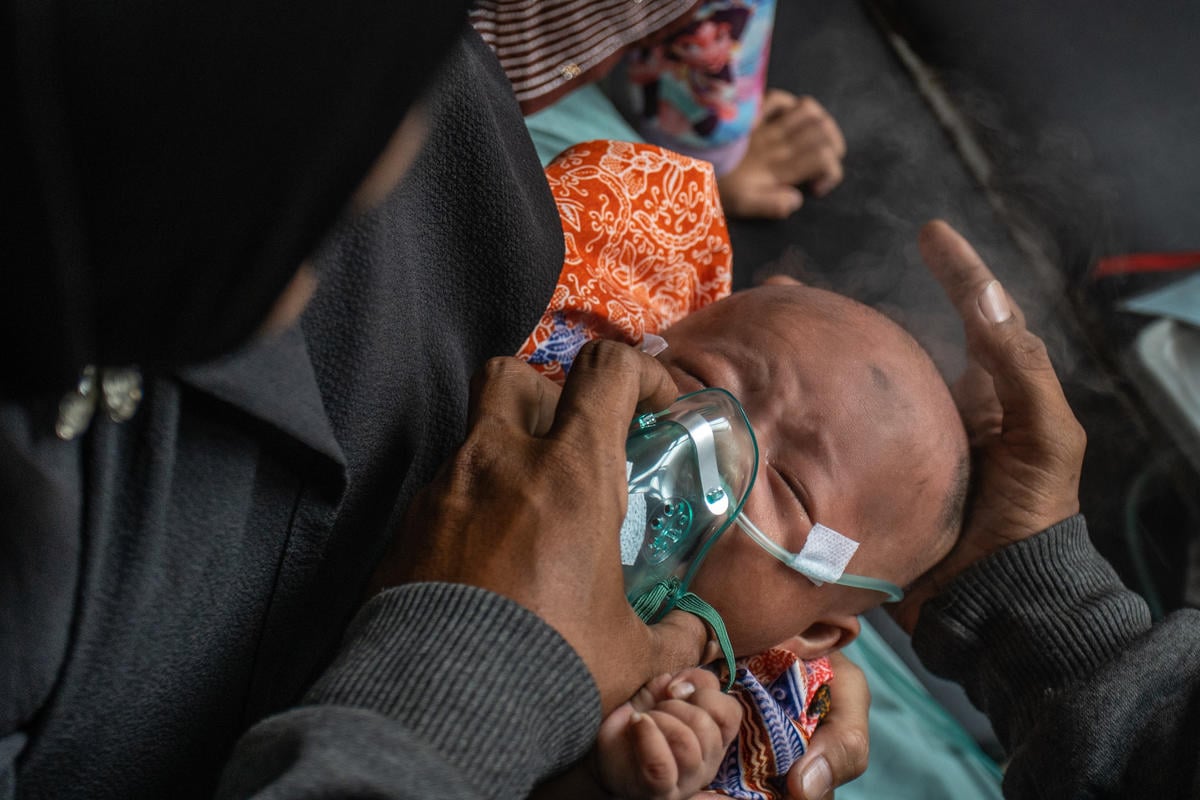
Report: Indonesia’s Chronic Forest Fires – 2023
Greenpeace Indonesia’s latest analysis shows that the indicative area of forest and land fires in 2023 was 2.13 million hectares. This figure is almost twice the size of the government’s data.
-
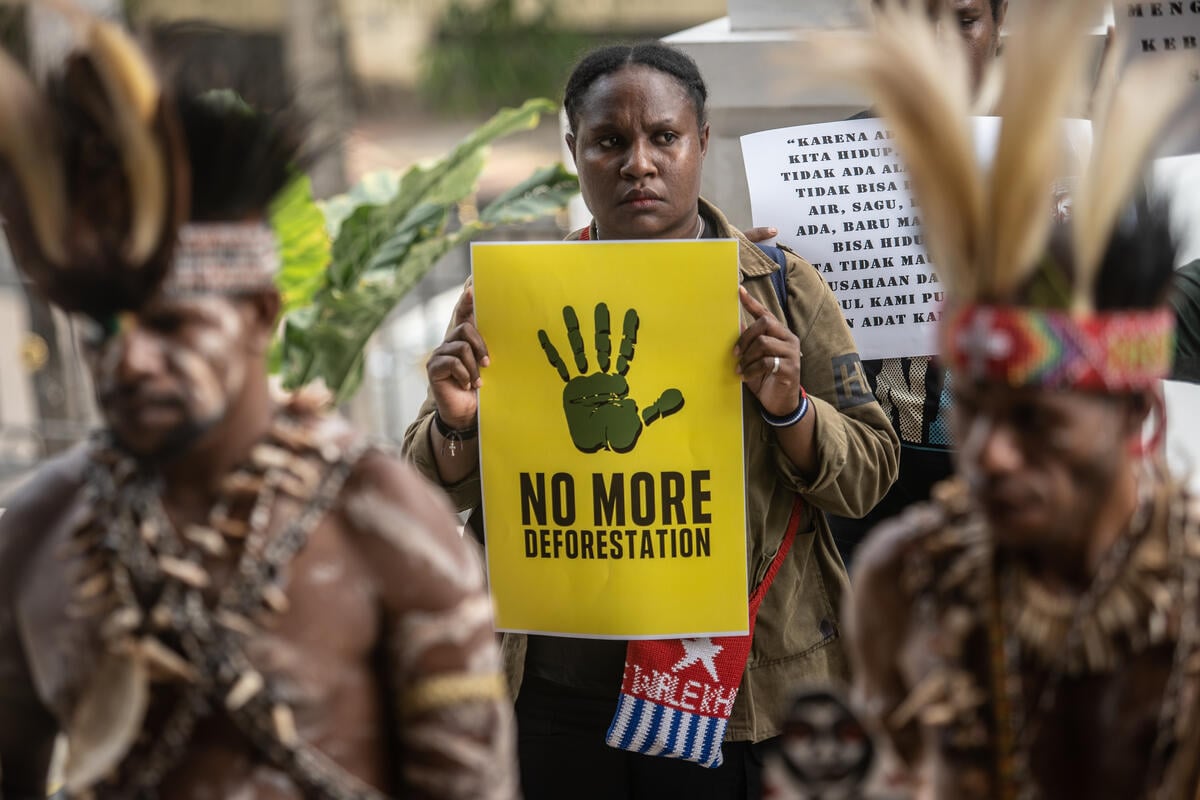
Who’s Enjoying the Profits? Indonesian Corporations Feigning Transparency
In our new report ‘Feigning Transparency’ we find there are loopholes in Indonesia’s new beneficial ownership transparency policy, allowing corporations to legitimately continue to conceal where profits are flowing to.
-
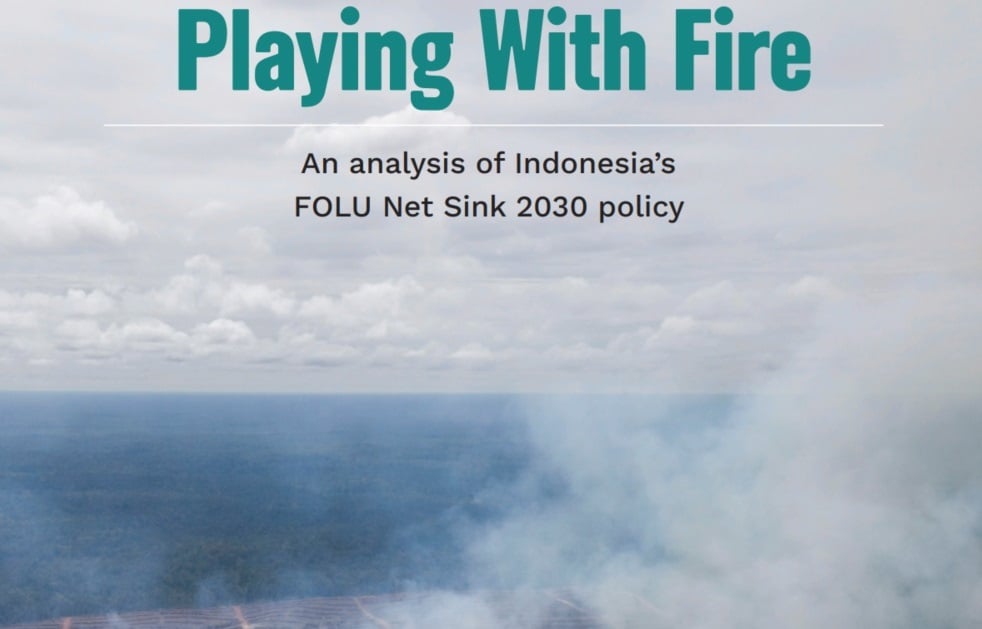
Deforestation: Playing With Fire | An analysis of Indonesia’s FOLU Net Sink 2030 policy
Greenpeace Indonesia’s analysis of the FOLU Net Sink 2030 policy found that this policy could backfire on the effort to ensure the survival of the nation’s forests. Instead of absorbing emissions, the FOLU Net Sink 2030 strategy risks perpetuating deforestation and the destruction of natural forests.
Keep me posted!
Sign up as a Greenpeace supporter to get the latest updates and action alerts in your country.




